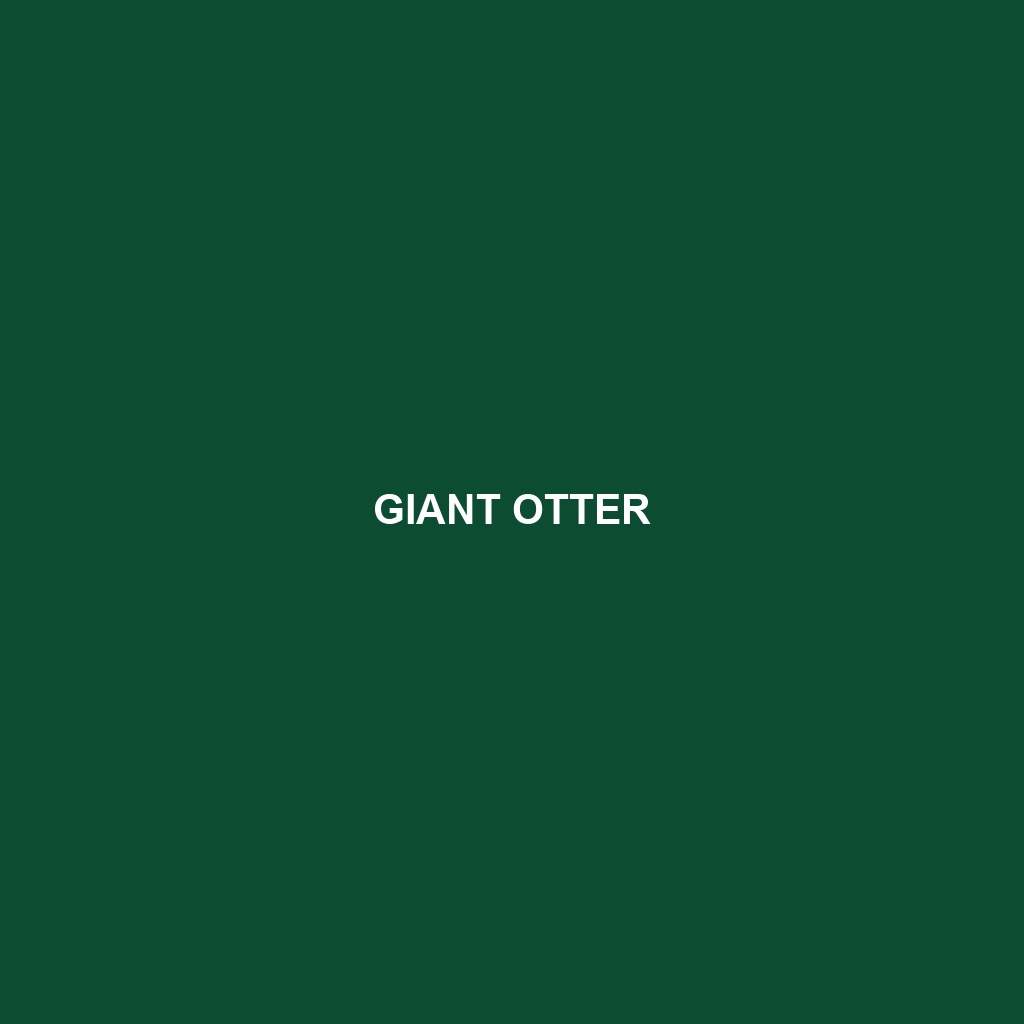Hairy-nosed Otter
Common Name: Hairy-nosed Otter
Scientific Name:
Habitat
The Hairy-nosed Otter primarily inhabits freshwater wetlands, rivers, and lakes across Southeast Asia. These otters are commonly found in countries such as Cambodia, Laos, Vietnam, and parts of Thailand. Their preferred environment includes muddy riverbanks and dense vegetation, which provide essential cover from predators and serve as vital breeding grounds.
Physical Characteristics
The Hairy-nosed Otter is a medium-sized species, typically measuring about 1 to 1.3 meters in length (including the tail). They have a thick, waterproof fur that ranges in color from a dark brown to a grayish hue. One of their distinctive features is their uniquely dense and shaggy fur around the nose, giving them the name “hairy-nosed.” Additionally, they possess webbed feet and a long, streamlined body that aids in swimming prowess.
Behavior
Hairy-nosed Otters are known for their playful and social behavior. They usually live in small family groups, which engage in communal activities such as fishing and grooming. These otters are primarily diurnal and are most active during the day, often seen frolicking or taking sunbaths on riverbanks. Their vocalizations include a range of sounds, such as growls and whistles, used for communication within the group.
Diet
The diet of the Hairy-nosed Otter primarily consists of aquatic animals. They are proficient hunters, feeding on a variety of fish, crustaceans, and mollusks. Their foraging techniques typically involve diving and using their sensitive whiskers to detect prey in murky waters. Additionally, they have been observed hunting in cooperative groups, increasing their chances of a successful catch.
Reproduction
Hairy-nosed Otters breed year-round, although peak breeding seasons may occur in the late winter to early spring. Females typically give birth to 2-4 pups after a gestation period of about 60 to 70 days. The young are born blind and depend heavily on their mother for survival during the early weeks. Within a few months, the pups begin to swim and hunt with their parents, aiding in their gradual transition to independence.
Conservation Status
The Hairy-nosed Otter is currently classified as **Endangered** according to the IUCN Red List. Their populations have been severely impacted by habitat destruction, pollution, and illegal hunting. Conservation efforts are essential to ensure the survival of this unique species, as they play a crucial role in maintaining the health of aquatic ecosystems.
Interesting Facts
– The Hairy-nosed Otter is one of the least studied otter species, making it a fascinating subject for wildlife research.
– They have remarkable swimming abilities, capable of holding their breath for several minutes while diving for prey.
Role in Ecosystem
As a top predator in their aquatic habitats, Hairy-nosed Otters play a significant role in controlling fish populations and maintaining ecological balance. Their feeding habits contribute to the health of aquatic ecosystems, promoting biodiversity. Furthermore, they serve as indicators of environmental health since their presence often reflects the overall condition of their habitat.
